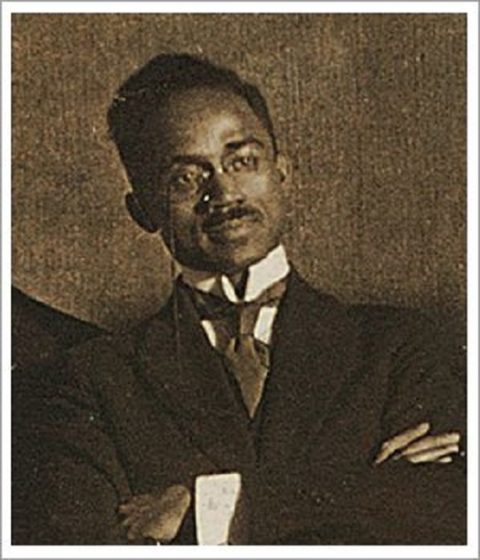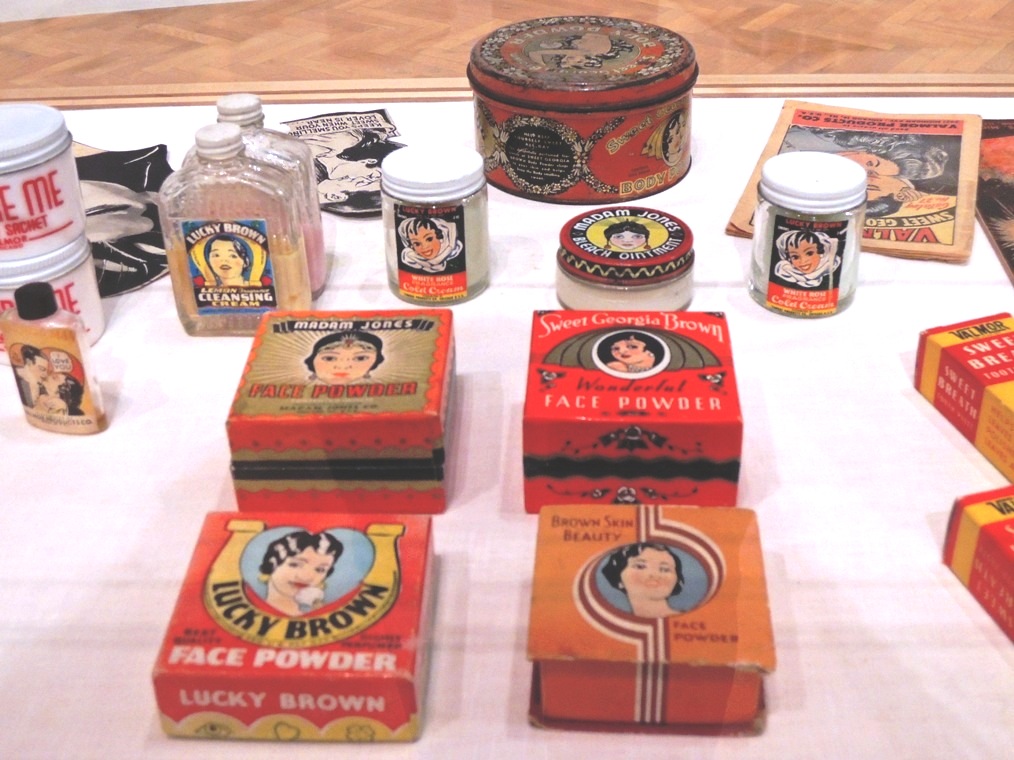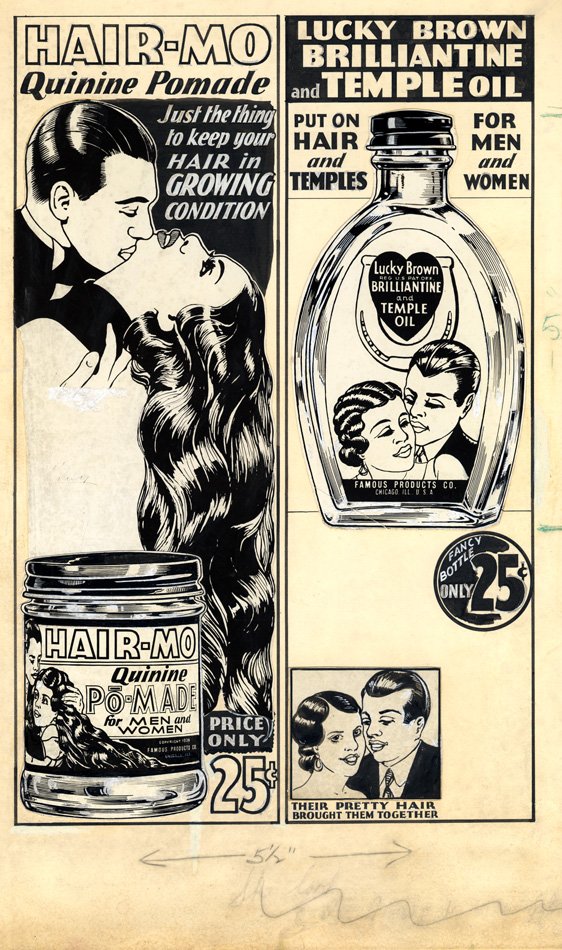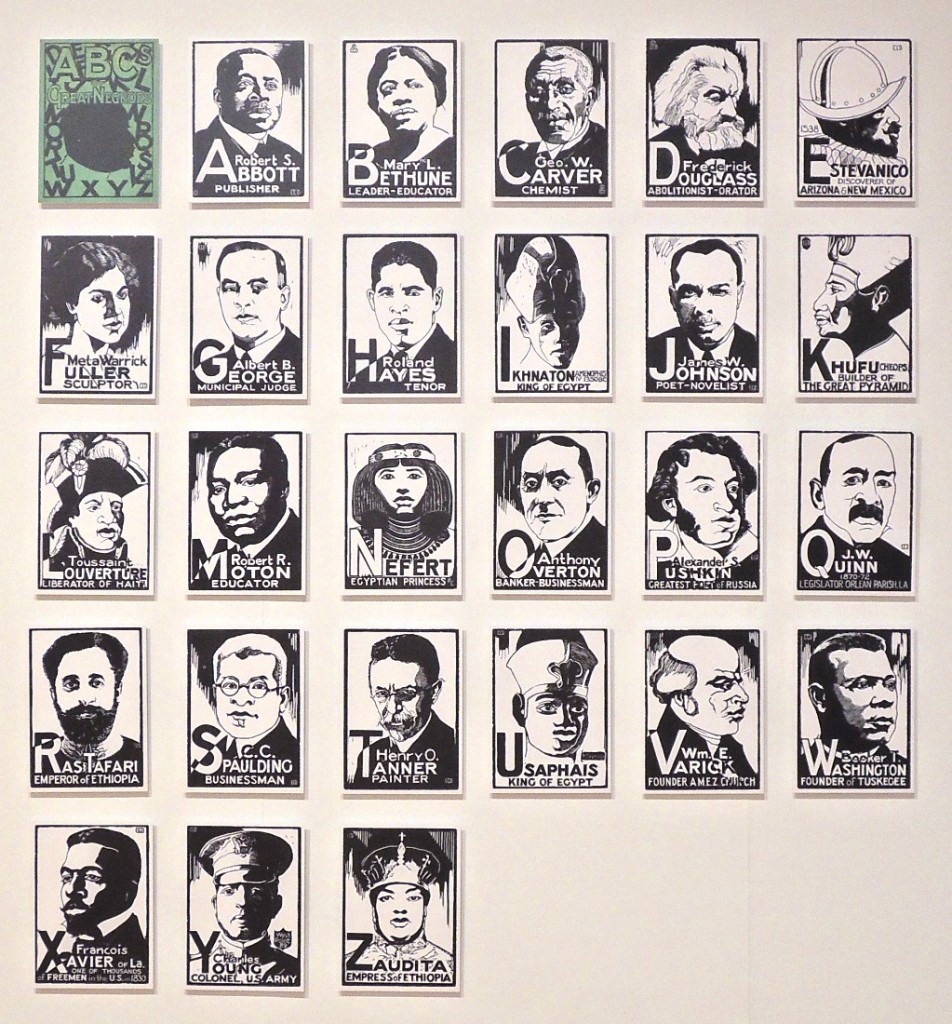Charles Dawson:
Who:
Primarily a graphic designer, Charles Dawson was according to AIGA, "one of Chicago's leading black artists and designers in the 1920s and '30s". He was born in Georgia into a middle-class family, and started his career when he studied drafting under architect Walter Bailey. After, he became the first African-American student to attend the Arts Students League in New York, where unfortunately he experienced severe racism. After saving money, he later was able to realize his dream of going to school at the Art Institute of Chicago. Dawson described his experience here as, "entirely free of racism". He obtained several odd-jobs along the way, ultimately becoming a member of the Art Students League of Chicago, the secretary of the Chicago Architectural League, and manager of the Annual Chicago Architectural Exhibition. He founded his own organization too- the Arts and Letters Society. This was the first artists collective in Chicago for black people.





In addition to his schooling, and after becoming a lieutenant in World War 1, he worked to "play a role in both the cultural and economic rise of blacks in the 1920s". He served both black and white clients in a firm called Chicago Engravers, and then started freelance work for well-known, black clients. He created illustrative advertisements for competing makeup brands, drawings for magazines, posters, and even his own, self-published children's book. Also, he contributed greatly with his fine art. He created the Chicago Art League, a black exhibiting group, and contributed greatly to the first exhibition that showed African-American art in a well-known American museum. Dawson was commissioned to paint a mural for the Century of Progress fair; this was the only significant contribution by a black artist.

What:
As clearly aforementioned, Dawson had a very successful career that spanned in a lot of different directions. He not only helped in the economic rise of black businesses through his talented work, but became a a historical representation of African-American capability in this field.


These images represent the work he is arguably most well-known for. He created advertisements for various cosmetic companies including Valmor, Overton, and Murray.

He also "dedicated his talents to developing a new civic iconography for African-Americans". This example demonstrates how he sought to incorporate African heritage into his imagery, rather than just sticking to the socially accepted way to represent black people in the media at the time.

This is the book he self-published and designed called the ABC's of Great Negroes. In it, he has created a collection of some of his most admired leaders from African descent. All 26 portraits were made with linoleum cut prints.
Importance:
Dawson is extremely important in the history of designers. He progressed design through his contributions to a multitude of organizations and businesses- always using his influence to depict black people as carrying power. As an African-American to accomplish many "firsts" in the design world, it is clear that this field was lacking representation. He not only proved black capability in design to a racist country, but was able to use his position to beautifully honor African-Americans more broadly. He even ended his career as a curator of the Museum of Negro Art and Culture; he spent his life working to bring glory to the underrepresented and their talents.
Supporting Information/ Resources:
Comments
Post a Comment